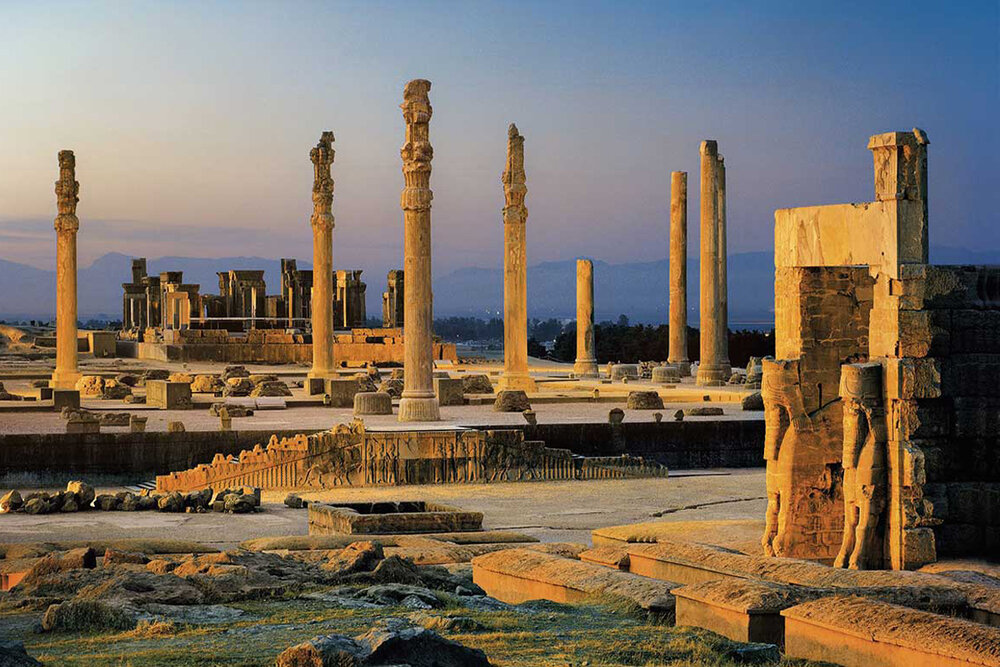INSUBCONTINENT EXCLUSIVE:
Monday, Ali Asadi, whose team has previously excavated several concealed waterways in Persepolis, responded to a viral video that claims the
existence of an underground city beneath the Achaemenid ceremonial capital
ensemble of majestic approaches, monumental stairways, throne rooms (Apadana), reception rooms, and dependencies is classified among the
Persepolis was the seat of the government of the Achaemenid Empire, though it was designed primarily to be a showplace and spectacular
center for the receptions and festivals of the kings and their empire.In September 2020, archaeologists discovered a prehistorical hatch to
during the height of the empire, and of the several Achaemenian capitals, the ruins at Pasargadae and Persepolis are probably the most
Achaemenian sculptured reliefs and a great number of smaller art objects present a remarkably unified style for the period
Metalwork, especially in gold, was highly developed, and a variety of carefully executed examples survive.The royal city of Persepolis ranks
among the archaeological sites which have no equivalent, considering its unique architecture, urban planning, construction technology, and
Persepolis, also known as Takht-e Jamshid, whose magnificent ruins rest at the foot of Kuh-e Rahmat (Mountain of Mercy) is situated 60
kilometers northeast of the city of Shiraz in Fars province.The city was burnt by Alexander the Great in 330 BC apparently as revenge on the
Persians because it seems the Persian King Xerxes had burnt the Greek City of Athens around 150 years earlier
On this terrace, successive kings erected a series of architecturally stunning palatial buildings, among them the massive Apadana palace and

